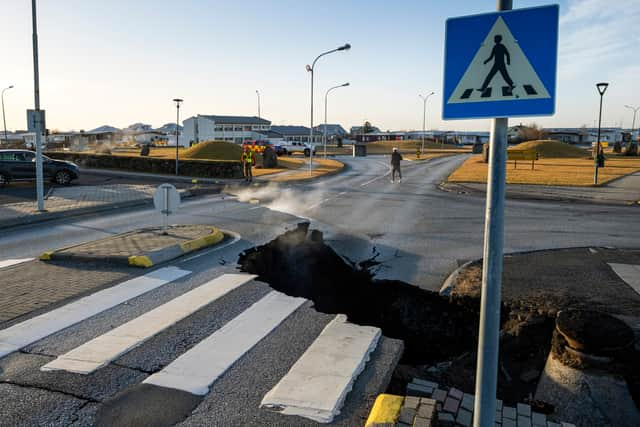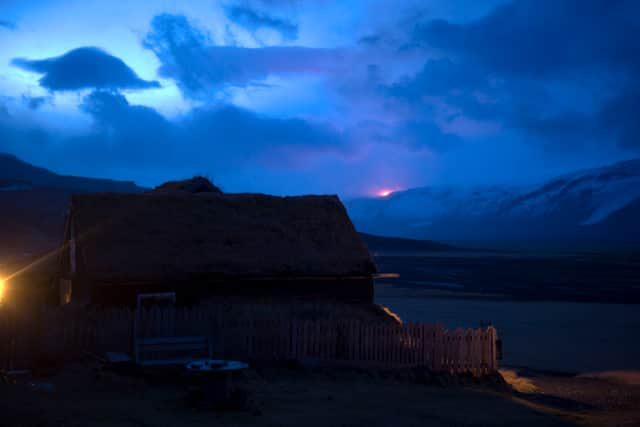Iceland volcano: A look back at 2010's Eyjafjallajökull eruption as nation braces for another natural disaster
This article contains affiliate links. We may earn a small commission on items purchased through this article, but that does not affect our editorial judgement.
and live on Freeview channel 276
For us in the UK, it must largely feel like 2010 again. David Cameron is back and Iceland is at the centre of concern around a Volcanic eruption. But could we see another hugely disruptive ash cloud that grounds European flights? And for those of us who can't remember, what exactly happened in 2010?
Around 900 earthquakes hit southern Iceland on Monday, November 13 as tens of thousands of tremors were reported. The fishing village of Grindavik - home to around 3,000 people - was evacuated over the weekend as fear mounted that fast-flowing magma underneath the ground could rise to the surface.
Advertisement
Hide AdAdvertisement
Hide AdAlthough seismic activity in the area has decreased in intensity, the risk of a volcanic eruption remains high according to the Icelandic Meteorological Office. The area is southwest of Iceland's capital, Reykjavik, which is a seismic and volcanic hotspot.


With Icelandic volcanoes back on the news agenda, NationalWorld takes a look back at the 2010 eruption in Iceland which made headlines.
What happened in Eyjafjallajökull in 2010 and could a similar ash cloud occur?
From April 14 to April 20, a volcanic ash cloud led to the closure of Europe's IFR airspace - causing massive disruption. A series of volcanic events in at Eyjafjallajökull. around 20 countries had to close their airspace and it is estimated that 10 million commercial airline passengers were affected.


The ice-capped volcano initially started to erupt in mid-March, following several months of increased seismic activity in Iceland. Large plumes of volcanic ash quickly spread above the volcano, moving with a jetstream towards the Faroe Islands, Norway, and northern Scotland.
Advertisement
Hide AdAdvertisement
Hide AdIceland responded by declaring a state of emergency and European airspace was closed as a safety precaution. It is estimated that airlines lost an estimated £130m every day that airspace remained closed - according to the National Centre for Atmospheric Science.
The ash plume contained large amounts of microscopic particles of hard volcanic rock, which can cause serious damage to any aircraft flying through. Dr Dave McGarvie, a volcanologist with the University of Lancaster, told Sky News that a potential eruption will not lead to disruption like that of Eyjafjallajökull.
He said that event was "unusually disruptive" because of a rare "if not unique" combination of factors. The volcanoes on the Reykjanes Peninsula do not have the ability to produce the disruptive ash clouds that characterised the Eyjafjallajokull 2010 eruption."
Mr McGarvie added that lessons have been learned since the 2010 incident and even if a future event produced a similar ash cloud there would only be about one-third of the flight cancellations compared to what occurred in 2010.
While some with flights booked in the immediate future may be concerned, Iceland’s main international airport, Keflavik, is just 10 miles north of Grindavik and flights are operating normally.
Comment Guidelines
National World encourages reader discussion on our stories. User feedback, insights and back-and-forth exchanges add a rich layer of context to reporting. Please review our Community Guidelines before commenting.
